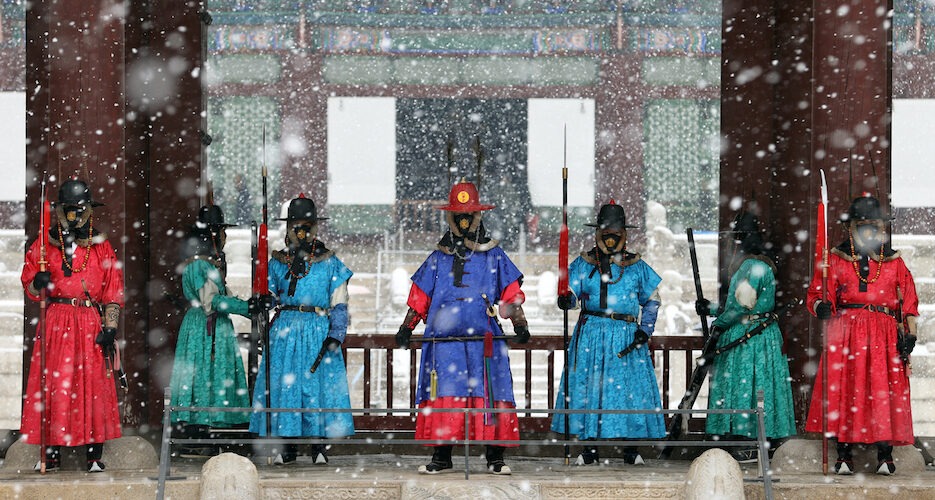New COVID restrictions on Chinese nationals risk alienating the most important country for South Korea’s tour industry
Emerging from the worst of the COVID-19 pandemic, South Korea has ambitious plans to boost tourism in 2023 and beyond. But with Chinese travelers yet to return, South Korean tourism will struggle to reach its full potential.
At the beginning of this year, the Ministry of Culture, Sports and Tourism announced that it aims to increase the number of foreign tourists from 970,000 in 2021 to 10 million in 2023 and 30 million by 2027. It also wants to increase income from tourism from $10.3 billion in 2021 to $16 billion in 2023 and $30 billion in 2027.
Emerging from the worst of the COVID-19 pandemic, South Korea has ambitious plans to boost tourism in 2023 and beyond. But with Chinese travelers yet to return, South Korean tourism will struggle to reach its full potential.
At the beginning of this year, the Ministry of Culture, Sports and Tourism announced that it aims to increase the number of foreign tourists from 970,000 in 2021 to 10 million in 2023 and 30 million by 2027. It also wants to increase income from tourism from $10.3 billion in 2021 to $16 billion in 2023 and $30 billion in 2027.
Get your
KoreaPro
subscription today!
Unlock article access by becoming a KOREA PRO member today!
Unlock your access
to all our features.
Standard Annual plan includes:
-
Receive full archive access, full suite of newsletter products
-
Month in Review via email and the KOREA PRO website
-
Exclusive invites and priority access to member events
-
One year of access to NK News and NK News podcast
There are three plans available:
Lite, Standard and
Premium.
Explore which would be
the best one for you.
Explore membership options
© Korea Risk Group. All rights reserved.
No part of this content may be reproduced, distributed, or used for
commercial purposes without prior written permission from Korea Risk
Group.












